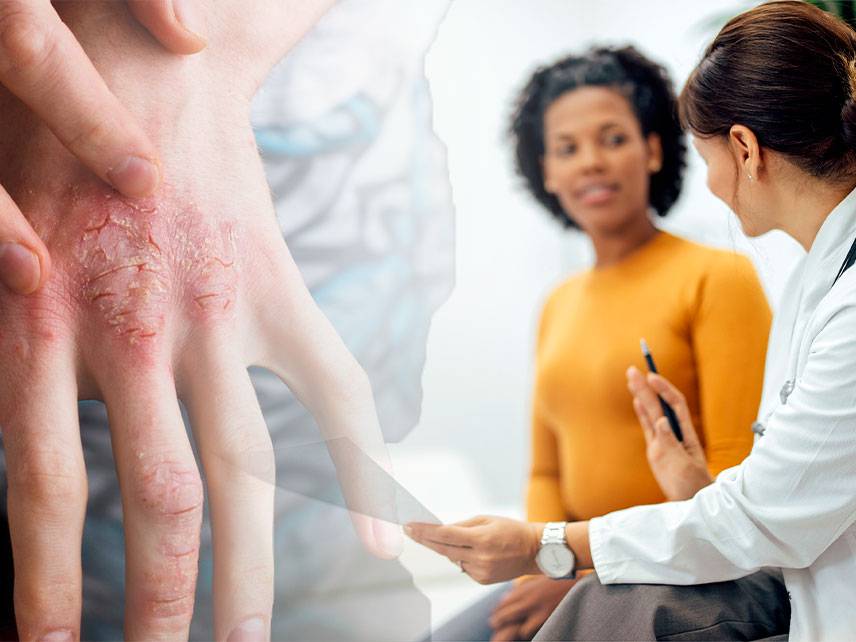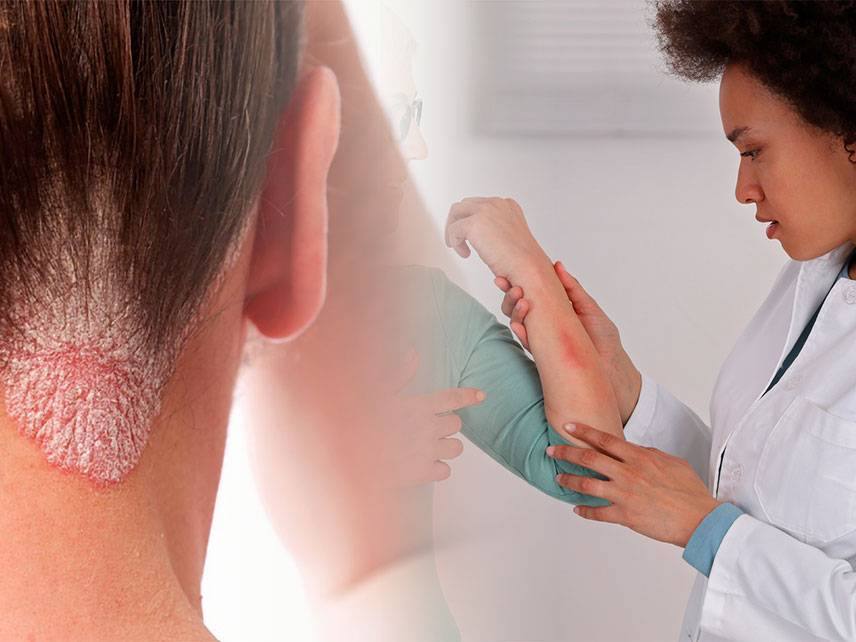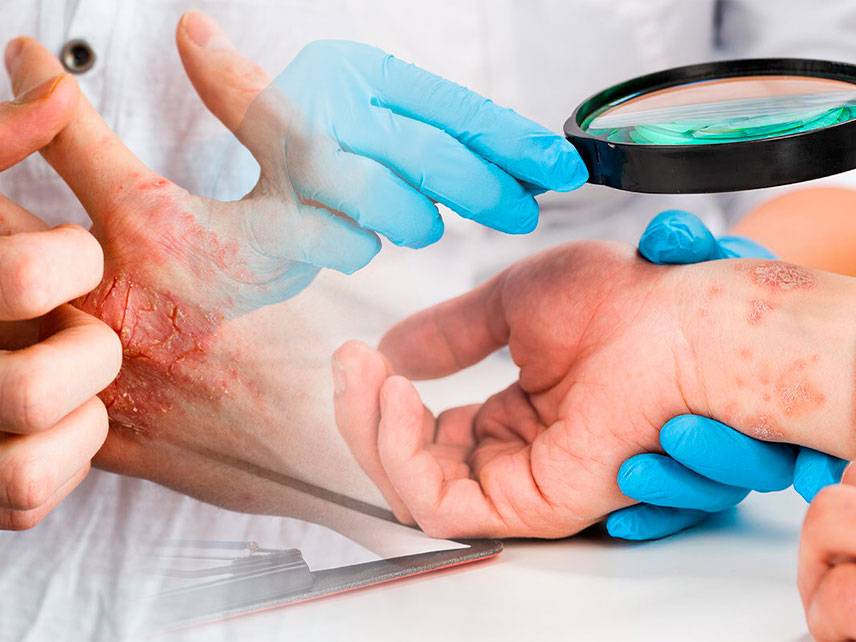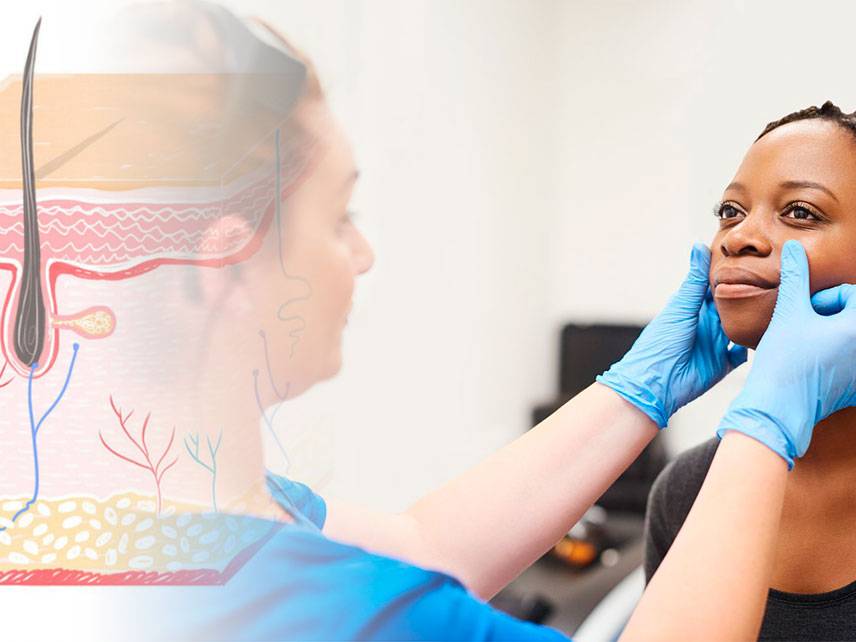
Atopic dermatitis: symptoms, causes, diagnosis, treatment.
Atopic dermatitis, commonly referred to as eczema, is a chronic skin condition that causes patches of itchy, dry, and red skin. Symptoms of atopic dermatitis vary in severity, but typically involve red, itchy, dry patches of skin that can become scaly and inflamed. Common triggers of atopic dermatitis include stress, environmental allergies, and certain fabrics.
The exact cause of atopic dermatitis is unknown, but it is often linked to a family history of allergies and asthma. It is also believed to be caused by a combination of genetic and environmental factors, such as exposure to certain allergens or irritants.
Diagnosis of atopic dermatitis is usually made based on a physical examination, patient history, and laboratory tests. A doctor may also use a skin patch test to determine if a certain allergen is causing the symptoms.
Treatment for atopic dermatitis is aimed at reducing inflammation and itchiness. Treatment options may include topical medications, oral medications, light therapy, and lifestyle changes. It is important to find the right combination of treatment that works for the individual, as treatments may vary from patient to patient.







